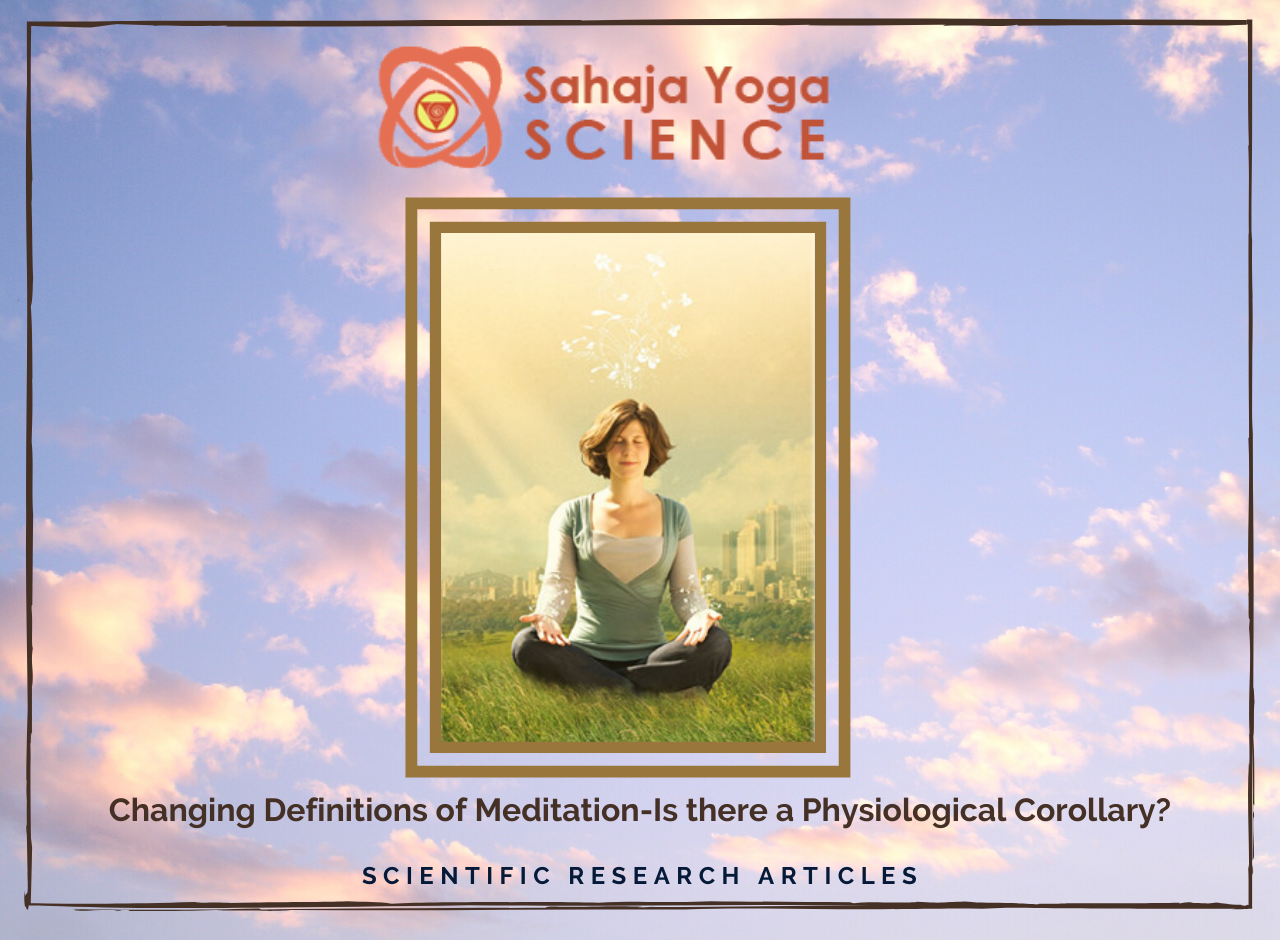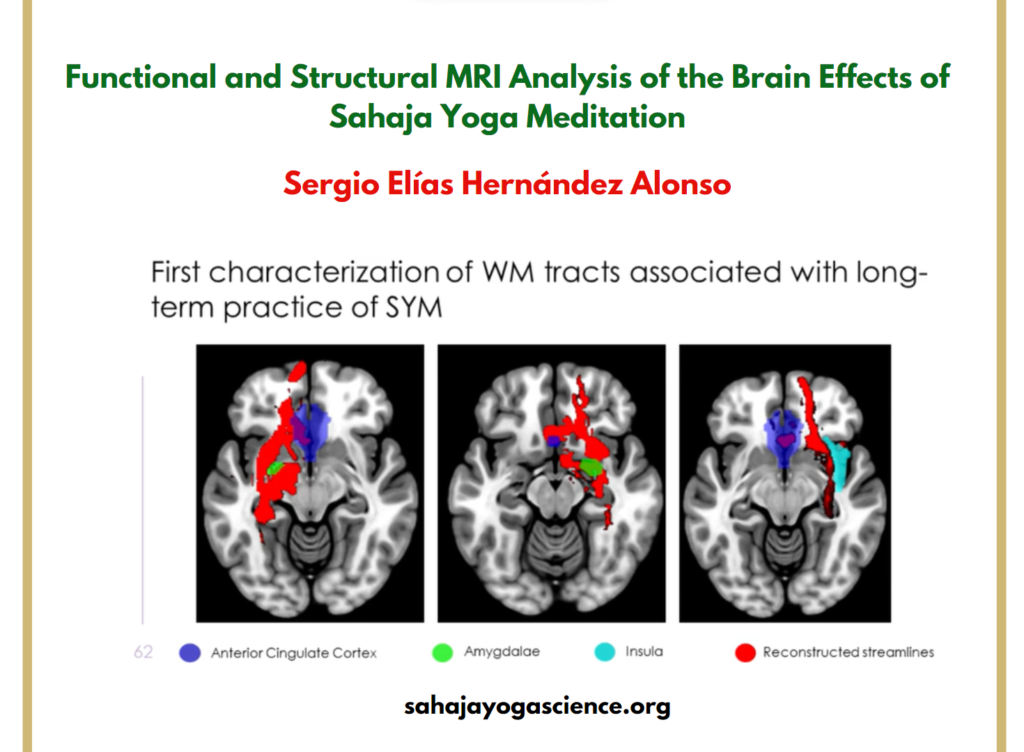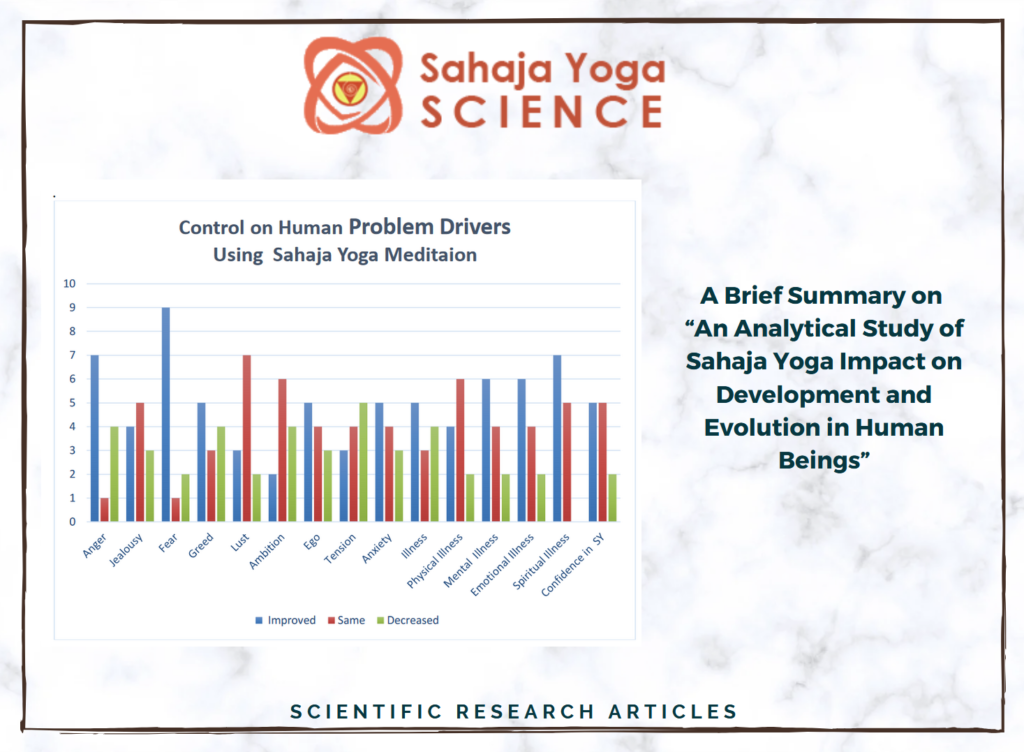Changing Definitions of Meditation-Is there a Physiological Corollary? : Skin temperature changes of a mental silence orientated form of meditation compared to rest
Abstract
Objectives
Until very recently, the U.S. National Center for Complementary and Alternative Medicine (NCCAM) defined meditation as :
“a conscious mental process that induces a set of integrated physiological changes termed the relaxation response”.
Recently the NCCAM appears to have reviewed its understanding of meditation, by including a new central feature:
“In meditation, a person learns to focus his attention and suspend the stream of thoughts that normally occupy the mind”,
indicating a shift from a physiological (“relaxation-response”) to an experiential (suspension of thinking activity) definition, more in line with traditional eastern understandings.
We explore the physiological implications of this paradigmatic shift.
Design
A controlled, observational study. of acute physiological changes.
N=26. Participants were asked to either meditate or rest for 10 minutes.
Settings/Location
A temperature controlled room at Swinburne University’s Psychophysiology Laboratory, Melbourne. [Subjects] 16 meditators proficient at a mental silence orientated form of meditation (Sahaja yoga, SYM) and 10 non-meditators with an interest in meditation.
Interventions
A mental silence orientated form of meditation (Sahaja yoga, SYM) was compared to rest.
Outcome Measures
Palmar skin temperature and heart rate.
Results
Throughout the meditation period mean ST of the SYM group decreased while that of the Rest group increased. After ten minutes of meditation, 13 of the 16 meditators manifested a reduction in ST compared to baseline whereas 7 of the 10 participants in the control group manifested an increase compared to baseline.
Chi-Square tests showed that the difference between the two groups was significant (p=.003). Heart rate changes however did not differ between the two groups.
Conclusions
The study suggests that the experience of mental silence and rest are not psychophysiologically identical despite the fact that they are overtly similar. Implications of this, and need for further evaluation, are discussed.
Author information
- Ramesh MANOCHA – Barbara Gross Research Unit, Royal Hospital for Women
- Deborah BLACK Faculty of Health Sciences The University of Sydney
- David SPIRO Institute of Psychiatry, King’s College London
- Jake RYAN Centre for Neuropsychology, Swinburne University
- Con STOUGH Centre for Neuropsychology, Swinburne University
Source – https://www.jstage.jst.go.jp/article/islis/28/1/28_KJ00006347518/_article





